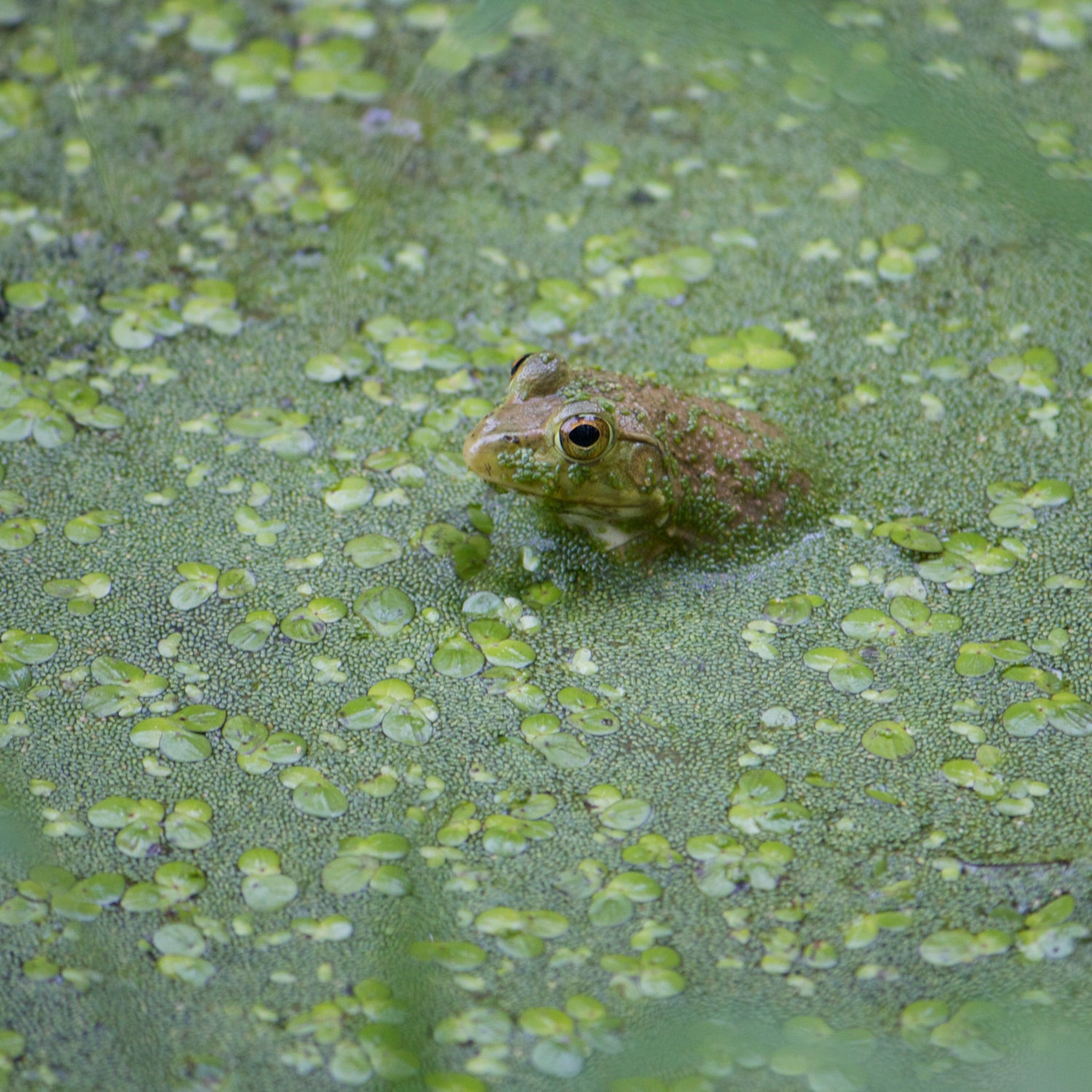For as long as recording equipment has existed, we've been pointing it at hippos, shoving it down anthills, and dropping it into the sea—to learn more about animal behavior, document changes in ecosystems, or just freak out at the crazy sounds nature makes. Recent strides in digital-audio technology and the availability of smaller and more sensitive microphones have made it possible to probe further down the food chain, where sound plays just as important a role in organizing the lives of species as it does among the birds, bees, coyotes, and rhinoceri. They've also enabled conventional musicians to tap into the compositional potential of the natural world. Presenting 50 years of field recording's greatest hits.
Songs of the Humpback Whale
CRM Records, 1970
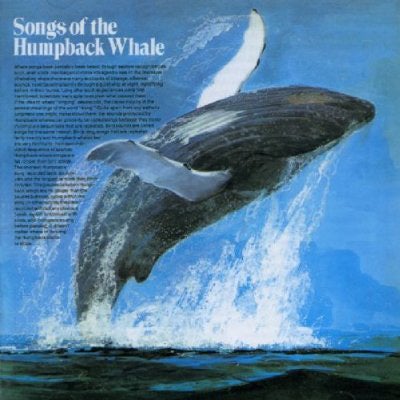
The granddaddy of them all. If you grew up in the 1970s, your parents had a copy of this (and were probably rolling joints on the sleeve before you came along). Roger Payne, the oceanographer credited with discovering vocalization among the massive marine mammals, used military-issue hydrophones—missile-shaped piezoelectric devices sensitive to the pressure effects of sound traveling through water instead of air—to document the alien blips, blurps, screeches, and flutters echoing through the nameless deep. Payne's recordings were later credited with raising awareness about species endangerment, culminating in commercial-whaling bans in the 1980s.
Did You Know: Payne's whale recordings were included on Sounds from Earth, the gold-plated LP placed aboard Voyager 1.
Environments 1: The Psychologically Ultimate Seashore
Syntonic Research, 1969
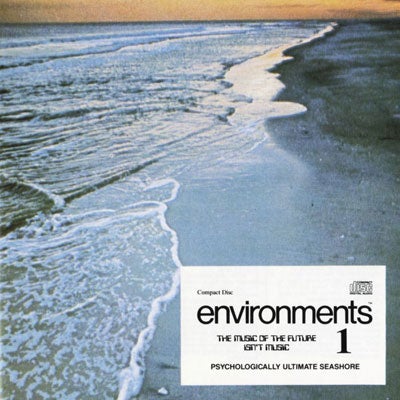
The Environments series ran to 11 volumes, produced between 1969 and 1979 by a Manhattan company called Syntonic Research, whose avowed interest was in exploring the relationship between mood and the sonic environment. Psychologically Ultimate Seashore—a 30-minute recording of nothing but tumbling, lapping waves—was dreamed up by Syntonic founder Irv Tiebel and noted avant-garde composer Tony Conrad, who in turn credited environmental artist Walter De Maria's use of ocean recordings in his installations. Tiebel employed a standard reel-to-reel tape machine and a cheap portable mic to capture excerpts of ocean waves on the shores of Brooklyn's Brighton Beach, then fed everything into an early IBM mainframe, applying rudimentary digital processing to produce an experience Tiebel described as “more real than real.”
Did You Know: Tiebel made his recordings after night fell to limit bird sounds and other distractions, although distant foghorns can occasionally be heard.
Brian Eno, Ambient 4: On Land
Editions EG, 1982
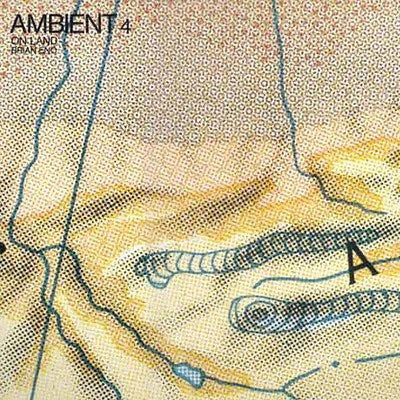
Eno's experiments with ambient music purportedly trace to the 1970s, when a living room stereo with the volume too low and a broken-legged Eno confined to the couch compelled him to question the distinction between music and the environment in which it's heard. True or not, the story syncs up neatly with On Land, which combined field recordings from the North English countryside, Honduras, and Ghana with spare instrumentation (that's a bass guitar on “Lizard Point”) and heavily reconstituted portions of Eno's back catalog. Eno described On Land as the end result of a process of “composting”—collaging together source materials, mangling them with studio effects, and then feeding everything back into the mixing desk to be mangled once more. It remains the most evocative musical exploration of place ever made.
Did You Know: “Dunwich Beach, Autumn, 1960” refers to a once bustling port city in the southeast of England, a site of severe coastal erosion that was gradually subsumed by the North Sea.
The Atmosphere Collection: Thunderstorm
Rykodisc, 1995

A quick Amazon search turns up more than 150 thunderstorm CDs. For sheer cardiac-arrest potential, none compare to this one. Released, inexplicably, on Rykodisc, a reissue label whose finest moment was making Frank Zappa's catalog available in the early '90s, Thunderstorm is World War Three in your living room. There is heavy rain, yes, and there are high winds, but the bone-cracking thunderclaps are the main event here, and they were recorded, mixed, and mastered entirely digitally—a rarity for nature recordings until only recently—which means that Thunderstorm is the next best thing to standing on the top of a Colorado fourteener in the middle of June, hoping to God your wedding ring doesn't attract the wrong kind of attention.
Did You Know: Thunderstorm CDs have helped dogs suffering from brontophobia curb their urge to hide under the bed.
Sounds of North American Frogs
Smithsonian Folkways, 1998
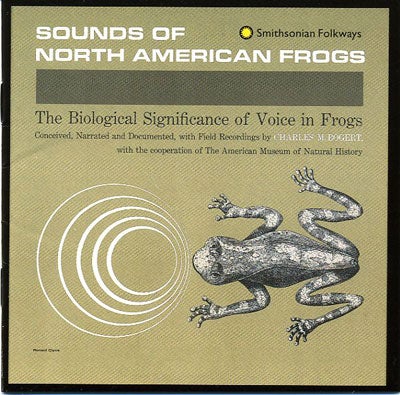
First issued in the 1950s but finally reaching a wide audience at millennium's end (coincidence?), Sounds of North American Frogs is an aural encyclopedia of native species, alone and in group settings, interspersing frog and toad calls with the distinctively Eisenhower-era narration of herpetologist Charles M. Bogert. No less than 57 species are spotlighted here—everything from Hyla crucifer (the spring peeper) to Rana grilio (the pig frog) to Scaphiopus bombifrons (the plains spadefoot toad)—and the sheer variety of chirps, barks, trills, and whistles they produce is astounding. Bogert's narration, meanwhile, with its alternating focus on regional ephemera and obscure acoustical detail (pulsation rates, cycles per second), is its own kind of priceless.
Did You Know: Remembered mainly as the force behind the 1950s folk revival, Moses Asch's Folkways label, acquired by the Smithsonian in 1987, was also a field-recordings giant, releasing everything from Sounds of Insects to Sounds of the Annual International Sports Car Grand Prix of Watkins Glen, N.Y.
Chris Watson, Weather Report
Touch, 2003
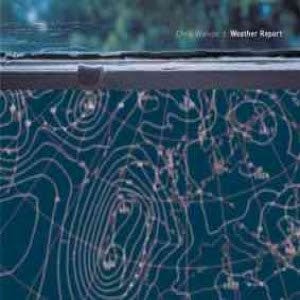
Chris Watson was a founding member of Cabaret Voltaire and the Hafler Trio, two influential UK post-punk groups, but for the past three decades he has traveled the world as a sound recordist for the BBC. He never stopped making records: Stepping into the Dark and Inside the Circle of Fire, released in the mid-'90s, are landscape and species recordings, respectively; for the latter, Watson went so far as to insert omnidirectional microphones into a zebra carcass to document the feeding sounds of vultures. Less gruesome is Weather Report, three time-dilated pieces—seamless studio creations collaged together from longer recordings. “Ol-Olool-Ol,” set in the Kenyan savanna, begins with the roar of a lion, moves through the agitated bustle of farmers and livestock as a storm approaches, and ends with a nighttime chorus of insects and the salutary bark of a hyena. “Vatnajokull,” a glacier recording, pairs an eerie drone produced by a subsurface river with the creak and moan of the ice, passing gulls, and seal and puffin jabber.
Did You Know: The British band Doves hired Watson to remix their song “Birds Flew Backwards.” (Oddly, bird sounds were used.)
Tucker Martine, Broken Hearted Dragonflies
Sublime Frequencies, 2004

During mating season in Southeast Asia, male dragonflies congregate into bilious swarms and emit deafening sheets of high-pitched tones in an effort to attract females. According to lore, the lucky ones pair up, while the spurned continue their manic shrieking until, bodies overtaxed by the effort, their chests explode and they drop lifeless to the ground. Martine traveled to Laos, Burma, and Thailand to capture the insects' odd lament for Broken Hearted Dragonflies. It's unsettling listening—imagine a million jet engines united in a piercing, accelerating whine—but the knowledge that what you're hearing is perhaps the last forlorn gasp of an evolutionary lustmord makes it oddly compelling, too.
Did You Know: When he's not traveling the world documenting exploding wildlife, Martine produces records by the likes of the Decembrists and Bill Frisell.
David Dunn, The Sound of Light in Trees
EarthEar, 2006
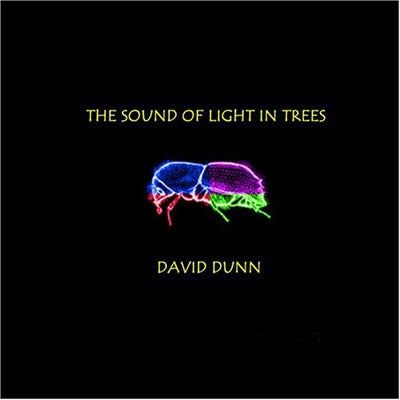
The Sound of Light in Trees documents an ecological holocaust—the destruction of northern New Mexico's piñon pine forests by Ips confuses, the lowly bark beetle. Dunn, a composer and acoustic ecologist, spent years developing tiny probe mics that could be placed in spaces conventional recording equipment couldn't reach. His recordings capture both the moist clicks and chirps of the beetles as they gnaw away at the wood's fibrous cellulose and the creaks and groans of the tree bending under the weight of strong winds and the insects' relentless onslaught. According to Dunn's extensive notes, some of the sounds, which are produced by a textured area on the back of the beetle's head, may help organize and regulate the distribution of colonies as they chew their way through the trees.
Did You Know: Destruction of piñon tree populations in some areas of the American Southwest due to bark beetle infestation are predicted to be total.
Jana Winderen, The Noisiest Guys on the Planet
Ash International, 2009
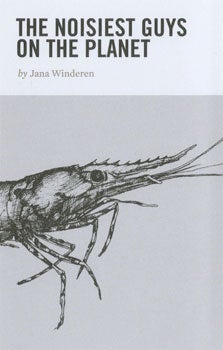
Quick: What's the creepiest sound you've ever heard? Whatever it is, it's got nothing on Jana Winderen's 2009 recording of decopods scuttling about on the ocean floor off the coast of Scandinavia. Decapods—the order of ten-legged crustaceans that includes lobsters, shrimps, and crayfish—use as many as half of their appendages to paralyze and dispatch prey or, more often, to pick at the crumbling remains left behind by larger sea predators, a fact that only amplifies the grisliness suggested by the muculent chatter heard on The Noisiest Guys on the Planet. Like Roger Payne and his whale-song recordings, Winderen used sensitive hydrophones, lowering them hundreds of feet into the sea to capture the briny clamor with chilling clarity.
Did You Know: Winderen was awarded the 2011 Golden Nica—the Grammy of digital sound art; past recipients include Peter Gabriel and Aphex Twin—for Energy Field, a CD in which her decapods figure prominently.
Tom Lawrence, The Water Beetles of Pollardstown Fen
Gruenrekorder, 2011

Pollardstown Fen is an ancient, 500-acre, spring-fed alkali marsh in County Kildare, 30 miles west of Dublin, but to listen to these hydrophone recordings by Irish musicologist Tom Lawrence, you'd think it was a well-stocked video arcade circa 1985. Electronic stabs, pulsing laser blasts, and a thick blanket of granular static made by the whirlygigs, diving beetles, and water striders skimming across the ponds' surfaces are among the least natural-sounding nature sounds you're ever likely to hear. To conjure them, the insects use a process called stridulation, a kind of self-frottage (think crickets) in which textured portions of the elytra and exoskeleton are rubbed, plucked, and otherwise abraded to produce sounds of varying frequency and tone. What are they saying? Beyond general speculation about mating behavior and territorial disputes, scientists aren't sure.
Did You Know: Many of Ireland's fens dried up to form its now ubiquitous peat bogs; Pollardstown survived thanks to a steady supply of water from an adjacent aquifer.
Honorable Mention: Higher Intelligence Agency and Biosphere, Polar Sequences
Beyond, 1996
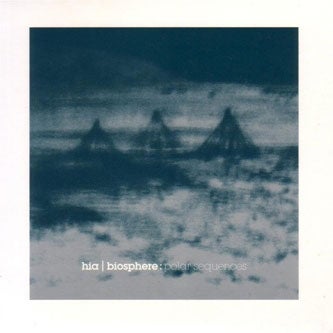
In 1995, an arts group in Tromsø, located in the northernmost fjords of Norway, about 200 miles inside the Arctic Circle, commissioned a piece from a composer that would use the local geography as inspiration. The result was a live performance by Tromsø's Geir Jenssen (Biosphere) and British electronica artist Bobby Bird (Higher Intelligence Agency) held in a cabin atop Mount Storsteinen, Tromsø's highest point. Jenssen and Bird took the commission literally, spanning out over the city with their microphones to capture its acoustic profile in minute detail: the trinkle of meltwater, the crackling of ice fields as the day warmed, the clank and strain of the Shorsteinen Fjellheis (the cable car required to reach the cabin where the performance would take place). Then they loaded everything into their samplers and sequencers and arranged it into a stunning snapshot of life at the edge of the world.
Did You Know: The pair repeated the project three years later in the form of Birmingham Frequencies, which drew its source material from Bird's hometown—with decidedly more urban results.

